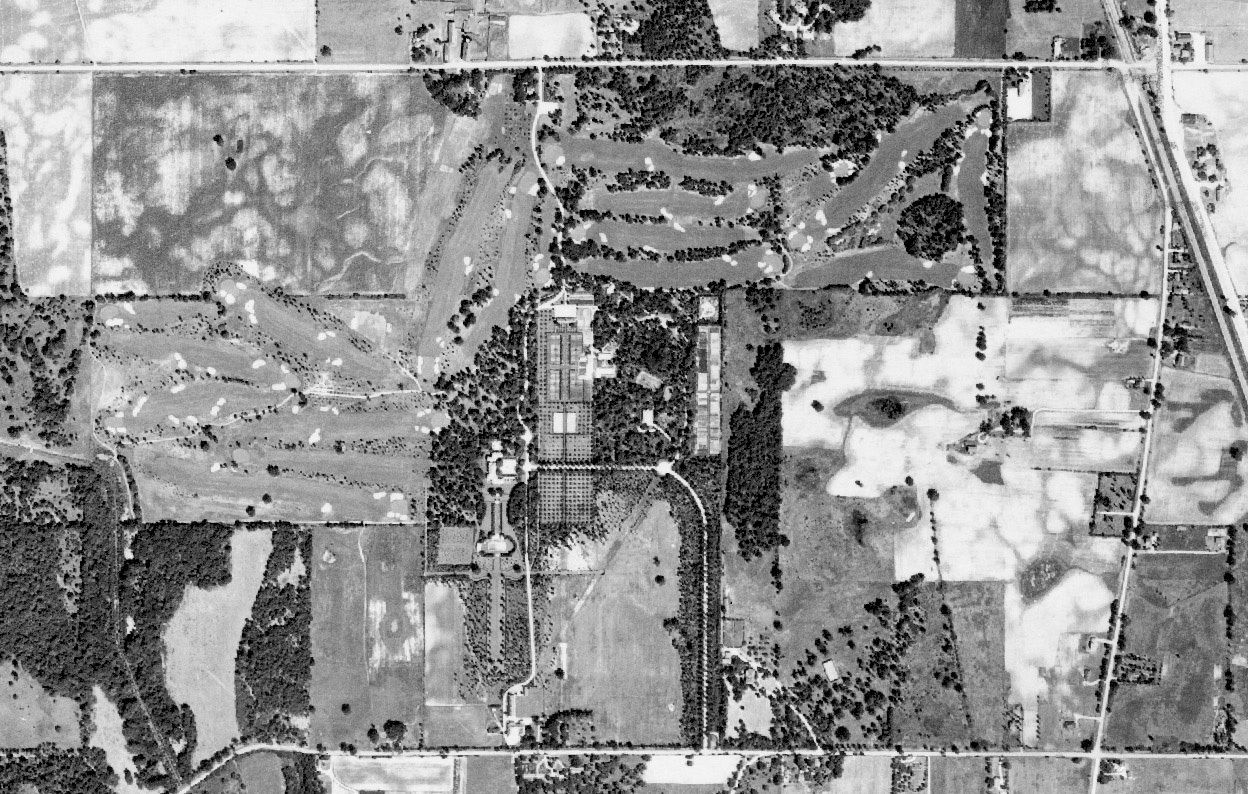
1939
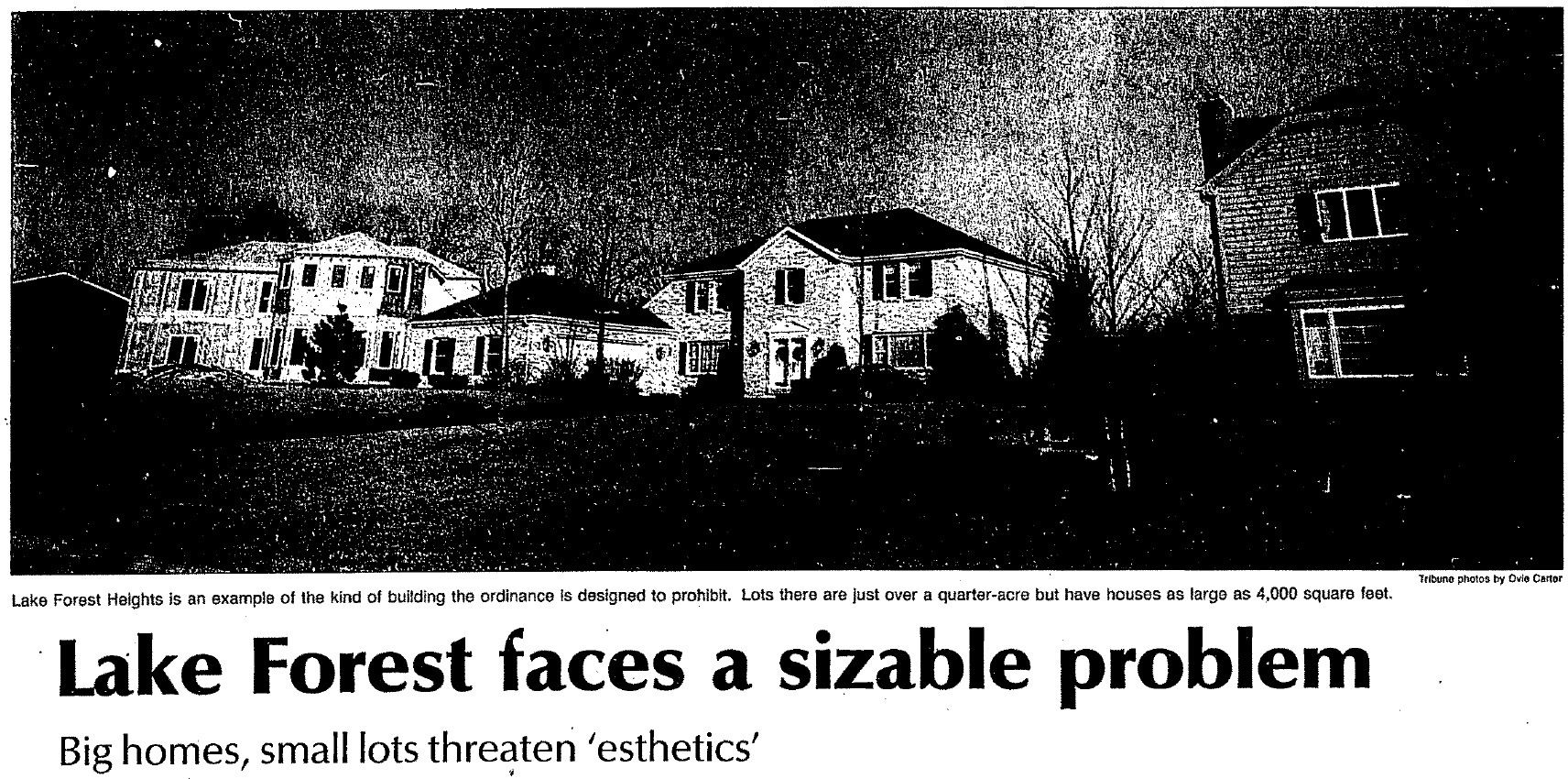
In 1989, after growing concerns over the trend for larger and larger homes in subdivisions, the City of Lake Forest passed a building scale and environmental ordinance that tied house size to lot size. Chicago Tribune, December 24, 1988.

1939
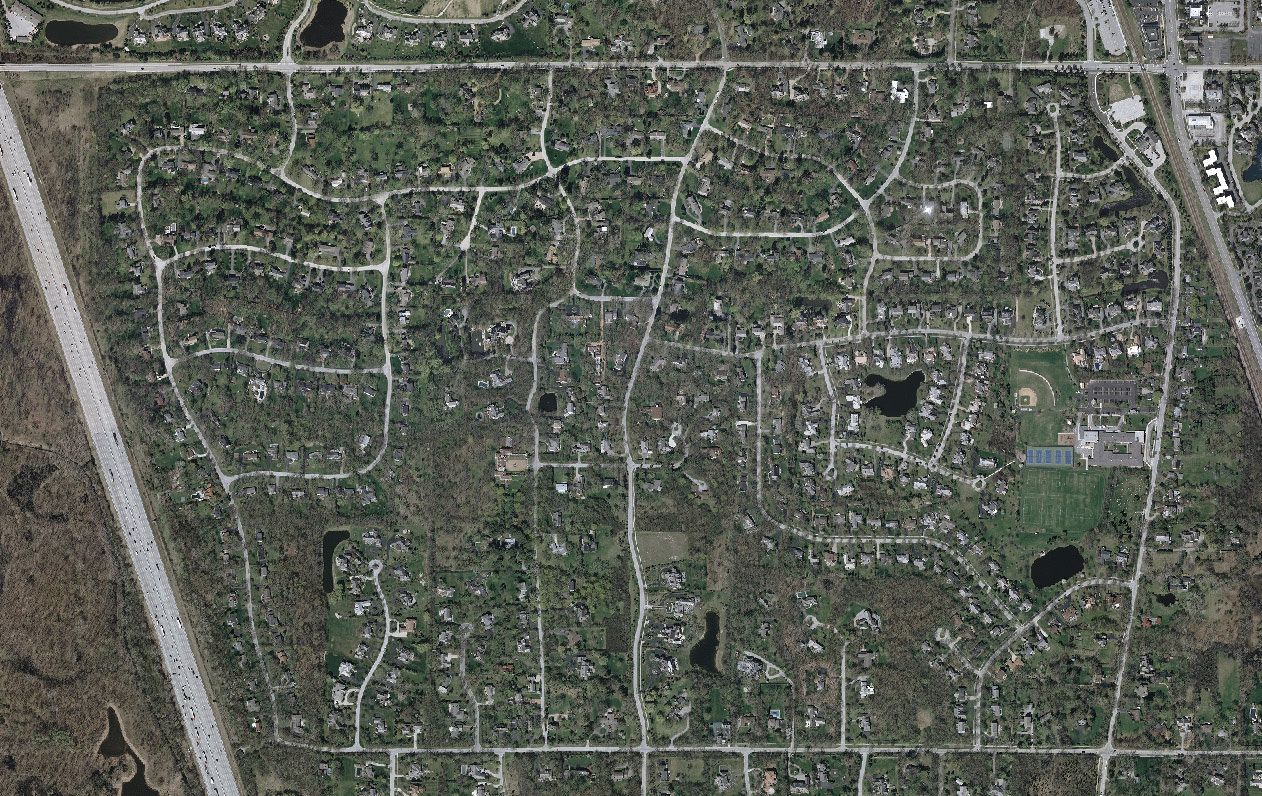
2012
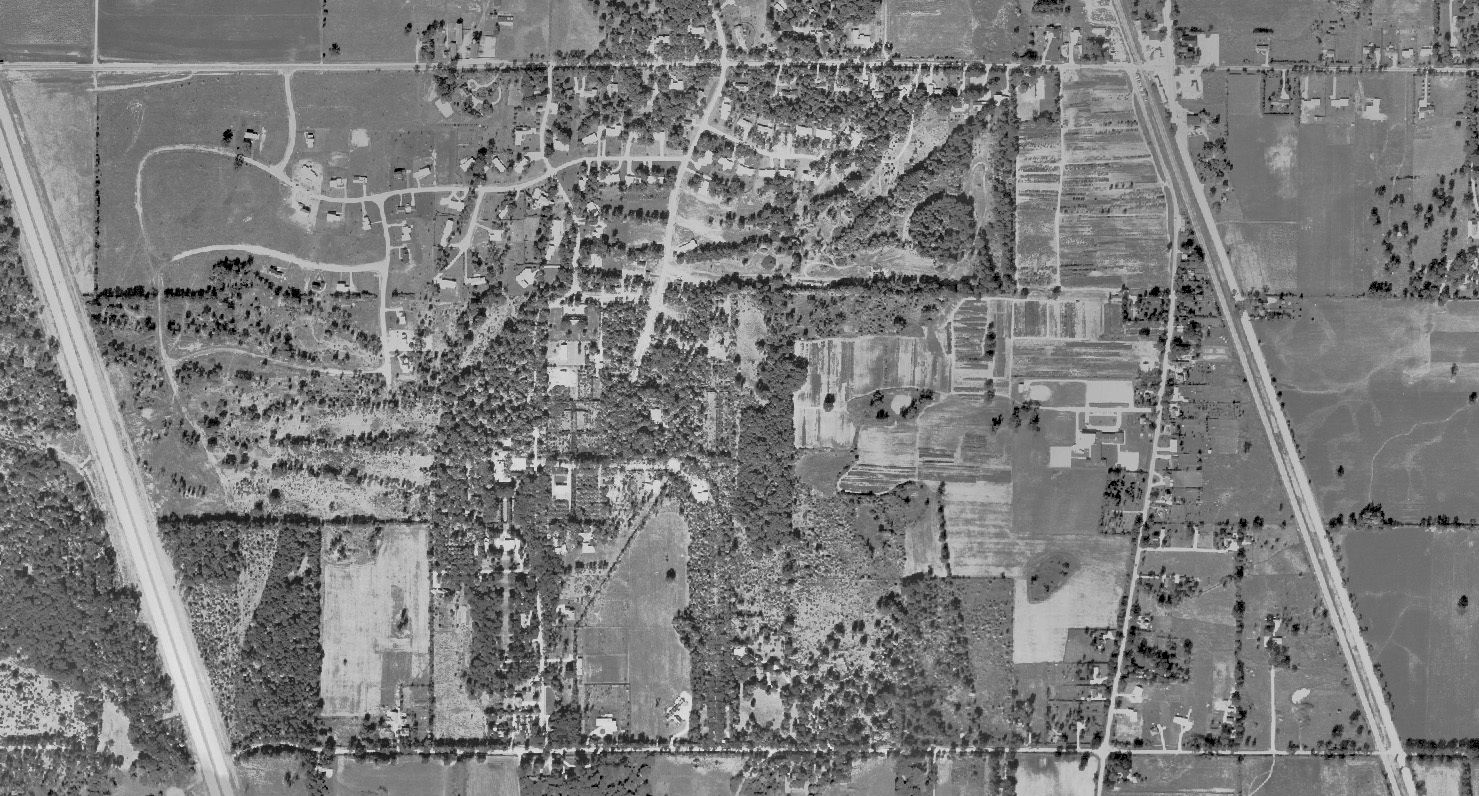
1961
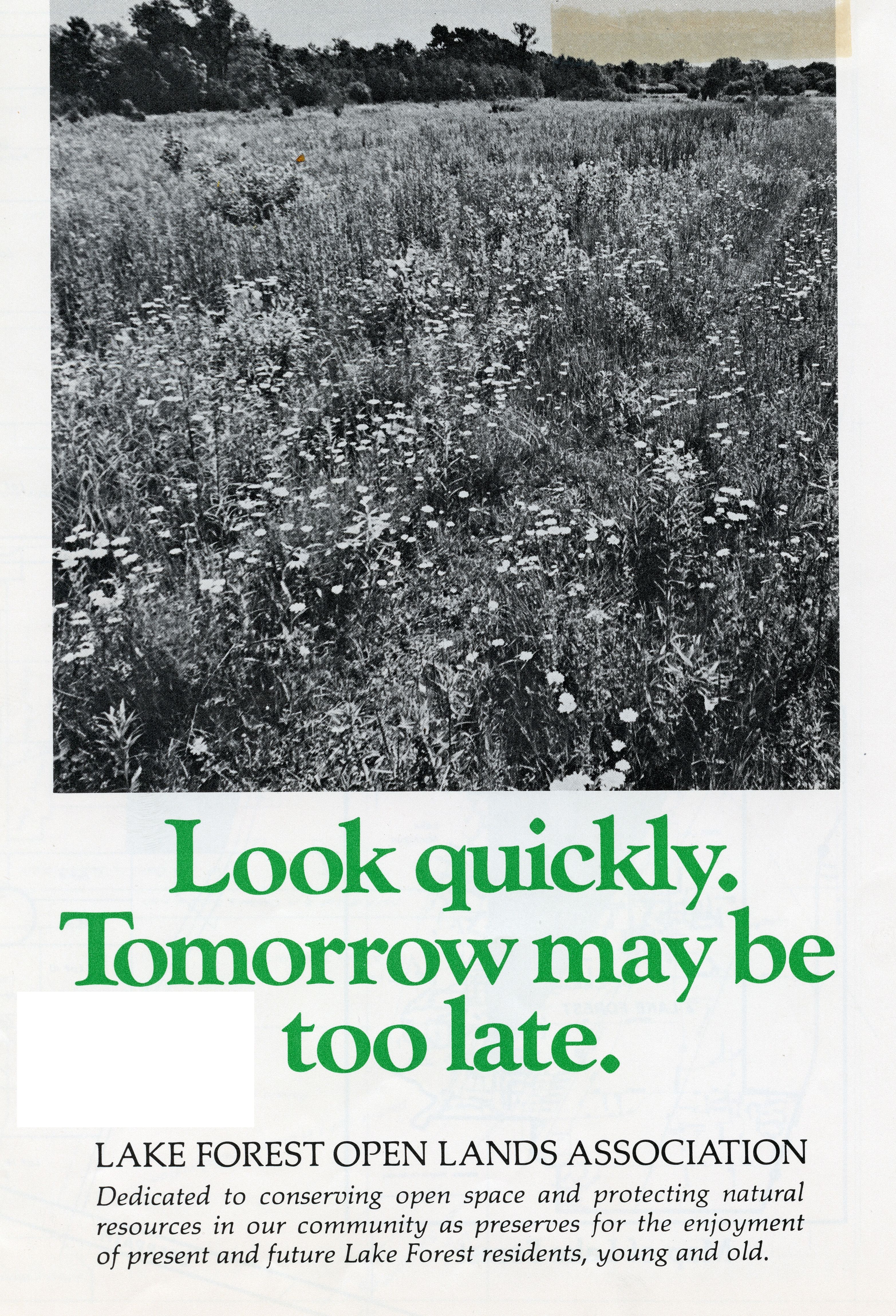
Lake Forest Open Lands Association brochure, 1978. The organization, founded in 1967, now maintains over 800 acres of open space, including the Everett Farm, Mellody Farm, Middlefork Farm, and West Skokie nature preserves in west Lake Forest.
The 1950s ushered in a period of rapid change to Lake Forest. Alterations to the tax structure and transitions in family lifestyles marked the twilight of the estate era. The postwar baby boom and opening of the Tri-State Tollway in 1958 accelerated the building of subdivisions. Many of these new neighborhoods arose in west Lake Forest, where gentleman farms like the Albert Lasker estate were subdivided by residential developers.
Below, see Albert Lasker’s Mill Road Farm transition from gentleman farm and golf course to subdivision in these two aerial photographs. Everett Road cuts horizontally across the top of the image and Old Mill Road across the bottom.
In the face of all this new construction, zoning, historic preservation, and open space took on greater significance to the community and its residents. The local government passed ordinances and citizens created organizations to maintain Lake Forest’s historic, low-density character and to conserve the natural landscape.